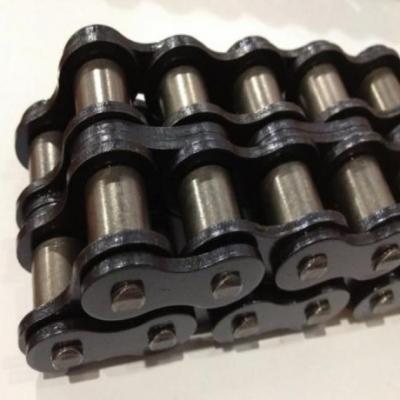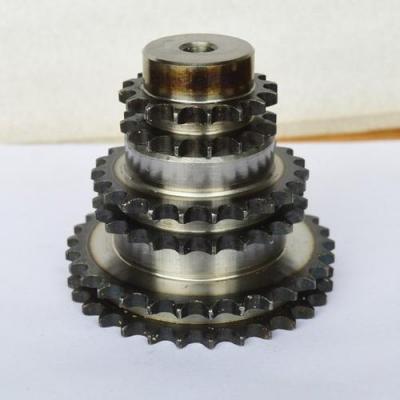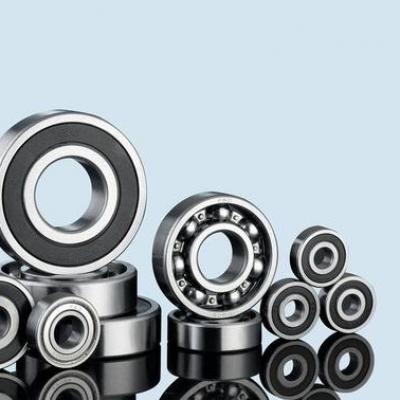Plate chain because of your care
The plate chain has good sealing performance and less ring gold pollution. Easy operation and maintenance, less wearing parts. The use cost is low, and the plate type chain has extremely low use cost due to energy saving and less maintenance. Reliable operation and advanced design principles ensure the reliability of the whole machine operation and good sealing. The plate chain has less environmental pollution. Structural port model with high accuracy. The casing is folded and crimped in the middle, and then welded, which has good rigidity and beautiful appearance. The mechanical size is small. Compared with other various plate chains with the same lifting capacity, the mechanical size of this plate chain is smaller. Large conveying capacity, this series of plate chain has various specifications from NE15 to NE800. Lifting range is 15 ~ 800m3 / h. Easy to operate, less maintenance and less wearing parts. Conveying chain is sleeve roller chain, ventilation equipment, inductive gravity discharge, and is used for vertical lifting of various powder and block particles.
The slab-type chain is an important transportation equipment for coal mine production and plays a vital role in the safety of the entire working face. Whether the plate chain works normally or not plays a vital role in the safety of the entire coal mine. As plate chain breakage accidents often occur, it is very important to analyze and prevent the causes of accidents.
I. Reasons for the broken chain chain accident
1, accidental plate chain break
(1) Manufacturing quality problems. Poor manufacturing quality of round chain is one of the reasons for the chain chain accident. The brittle fracture of the round chain usually occurs near the welded joint.
(2) The connecting ring has no bolts. For a plate chain, the chain is connected by a link ring, and the link ring is connected by bolts to the opening, and the two sides of the chain are subjected to stress at the same time. During work, the connecting bolts will be loosened and lost. If they are not fastened or replenished in time, when the force is large, they will easily break.
(3) jumping teeth. Tooth jumping refers to the chain ring falling off the sprocket of the chain head. Jumping teeth will cause the chain ring to impact on the nose shaft and sprocket teeth. Under normal circumstances, it is not easy for the plate chain to break the chain, but when the chain ring is corroded and worn, and the tensile strength is reduced, it will easily break once the impact occurs.
(4) Excessive coal loading or large coal (gangue) extrusion plate chain. The scraper chain is started or frequently started when full or overloaded, which increases the dynamic tension of the chain. When it exceeds the limit or the chain is corroded or worn, it will easily break.
(5) The length of the scraper chain varies. After the squeegee chain works for a period of time, the length of the squeegee chain will be formed for various reasons, and the length of the two chains will cause the entire load to be concentrated on one chain. When heavy loads are started or the chain is corroded, fracture may occur.
(6) The chute is worn. Severely worn chute can easily block the scraper at the joint of the lower groove, which causes the chain load to increase suddenly. When the tension exceeds the limit or the chain is corroded and worn, it is possible to pull the plate chain to break the chain.
(7) The chute is not straight. On the one hand, the chute is not straight, which makes the two chains unevenly stressed. In severe cases, the chain tension is concentrated on one side; when the tension exceeds the limit or the chain is corroded and worn, it is possible to pull the plate chain to break the chain.
(8) The chain is too tight. Over-tightening of the chain usually occurs when the chain is tightened. Because the initial tension is too large when tightening the chain, it not only affects the normal operation of the plate chain, shortens the service life, but also has no buffer room when the scraper chain is stuck, which increases the tension load of the chain link. When it exceeds the limit value, the plate chain may break.
(9) There is too much floating coal in the lower tank. If the machine head is installed too low or the detection is too short, the floating coal reverses into the lower groove, increasing the tension load of the chain link, and it is easy to break the chain of the plate chain when starting.
2, natural plate chain broken chain
Because the working environment of the plate chain is extremely harsh, natural damage to the scraper chain is inevitable. There are three common types of natural damage: dynamic load, corrosion and wear.
(1) Dynamic load. During normal operation of the chain, there is a dynamic load. Because the speed of the plate chain head sprocket changes when the chain is driven, there is acceleration or deceleration, so a variable load acts on the chain. Although this kind of dynamic load is much smaller than the sudden impact force, the continuous alternating action is also a major cause of fatigue fracture of the chain link.
(2) Corrosion. Because the underground water contains corrosive substances, these materials are easily corroded by the plate chain, causing the chain link to rust and peel, thereby reducing the effective cross section of the chain link, reducing the strength, and causing the chain link to easily break.
(3) Wear. During the work, the chain must be in friction with the chute and the load. At the same time, the active sprocket and the link will slide relative to each other when they mesh with each other. There is also friction between the plate chain link and the link. Various reasons cause the link to work. Causes wear and tear.
3.Prevention of chain type chain break accidents
Through the previous analysis, it is relatively easy to find and formulate the preventive measures for the broken chain of the plate chain. Generally speaking, first of all, we must strictly control the quality, so that the scraper chain purchased can basically reach the C level standard; secondly, it is necessary to strengthen daily maintenance, find problems and solve them in time. Every time a plate chain is broken, it must be discussed carefully, and it must not be negligent.





